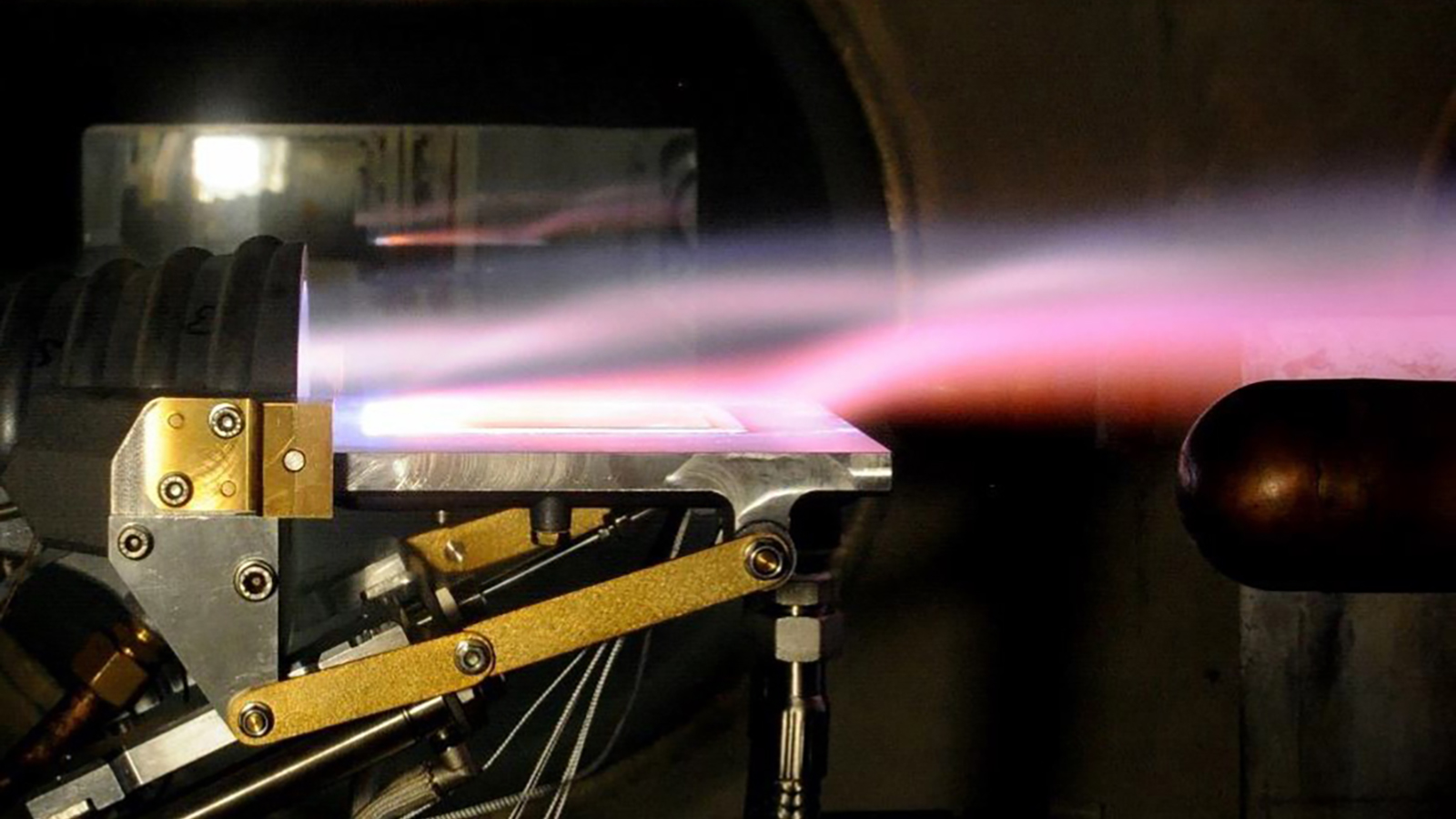Stay Up to Date
Submit your email address to receive the latest industry and Aerospace America news.
The Thermophysics Technical Committee promotes the study and application of mechanisms involved in thermal energy transfer and storage in gases, liquids and solids.
In January, NASA scientists started analyzing the performance of the Orion crew capsule that orbited the moon and returned to Earth in December 2022, as part of the Artemis I mission. Orion traveled farther into space than any previous crew-capable spacecraft and completed the first reentry at lunar return speeds for a crew-capable spacecraft since Apollo. The Orion crew module was instrumented with hundreds of sensors to measure aerodynamic, aerothermodynamic and thermal protection system performance during the module’s reentry and landing in the Pacific Ocean. These instruments included thermocouples, radiometers and pressure transducers, which are part of the larger developmental flight instrumentation system that also includes structural and thermal sensors. The sensors are primarily used to reconstruct the flight environments and validate the assumptions, models and simulation tools used in the design process. Of particular interest were measurements taken that provide insights into boundary layer transition, surface catalysis, cavity heating, shock layer radiation, thermal protection material response, aerodynamic forces, moments and dynamic effects. The analysis of this data confirmed that Artemis I completed many of NASA’s flight test objectives. The agency plans to refer to these analyses to make any required design updates and certify Orion for both Artemis II, scheduled for late 2024, and future planned crewed missions.
In May and June, the von Karman Institute for Fluid Dynamics conducted the first formal test campaign of the upgraded high-enthalpy 1.2-megawatt Plasmatron, located at VKI’s facility in Belgium. As part of an ongoing European Space Agency-funded program on space debris characterization, VKI’s inductively coupled plasma wind tunnel, which generates a plasma jet via electromagnetic induction, was equipped with two converging-diverging nozzles for testing at supersonic speeds in both stagnation point and flat-plate configurations. The flat-plate configuration, which aims to increase the shear induced on test materials, was achieved via a semi-elliptical nozzle designed at VKI — inspired by that of the Interaction Heating Facility at NASA’s Ames Research Center in California — and manufactured by selective laser welding, a metal additive manufacturing technology. The test campaign, conducted by VKI for R.Tech of France under a separate ESA grant, demonstrated the potential of the flat-plate testing for studying common satellite materials that would melt, delaminate and/or “peel” when these spacecraft are dragged down into Earth’s atmosphere at the end their operational lives. Ongoing activities include test campaigns on morphing materials and hot structures for hypersonic applications, as well as testing of thermal protection systems.
A record number of tests were conducted this year at two ICP wind tunnels of the Center for Hypersonics and Entry System Studies at the University of Illinois-Urbana Champaign. Since opening in 2022, nearly 500 tests have been conducted in these state-of-the-art facilities built by Tekna Plasma Systems of Quebec. Sixty tests were conducted in June alone. The tests — conducted under research and programs for the U.S. Defense Department, Department of Energy, NASA and industry — were for a breadth of research activities, from ultra-high temperature ceramics characterization to ablation response, material demisability, radio frequency and infrared apertures performance, and hypersonic sensors development. One of the tunnels, the 350-kilowatt Plasmatron X, is the largest ICP facility in the U.S. and can produce flow regimes from subsonic speeds up to Mach 4 to emulate reentry conditions for Earth, Mars and Saturn’s moon Titan, among other planetary bodies. The tunnel creates a chemically tailorable environment for novel research on thermal protection materials, gas-surface interactions and nonequilibrium phenomena.
Contributors: Adam Amar, Charles Bersbach, Johathan Burt, Savio Poovathingal and Adam Whelan
Stay Up to Date
Submit your email address to receive the latest industry and Aerospace America news.




